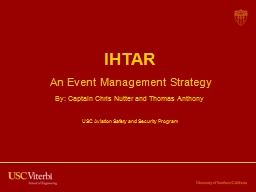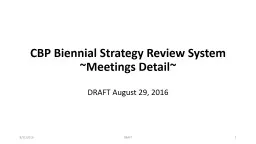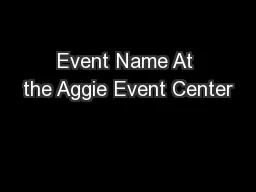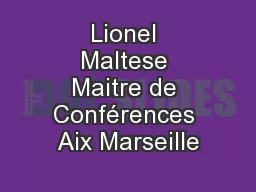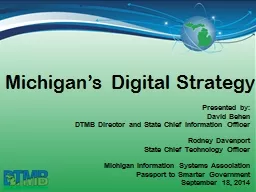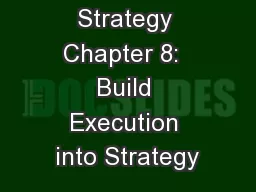PPT-IHTAR An Event Management Strategy
Author : roberts | Published Date : 2024-02-09
By Captain Chris Nutter and Thomas Anthony USC Aviation Safety and Security Program IHTAR Current situation well developed training for specific emergency scenarios
Presentation Embed Code
Download Presentation
Download Presentation The PPT/PDF document "IHTAR An Event Management Strategy" is the property of its rightful owner. Permission is granted to download and print the materials on this website for personal, non-commercial use only, and to display it on your personal computer provided you do not modify the materials and that you retain all copyright notices contained in the materials. By downloading content from our website, you accept the terms of this agreement.
IHTAR An Event Management Strategy: Transcript
Download Rules Of Document
"IHTAR An Event Management Strategy"The content belongs to its owner. You may download and print it for personal use, without modification, and keep all copyright notices. By downloading, you agree to these terms.
Related Documents

